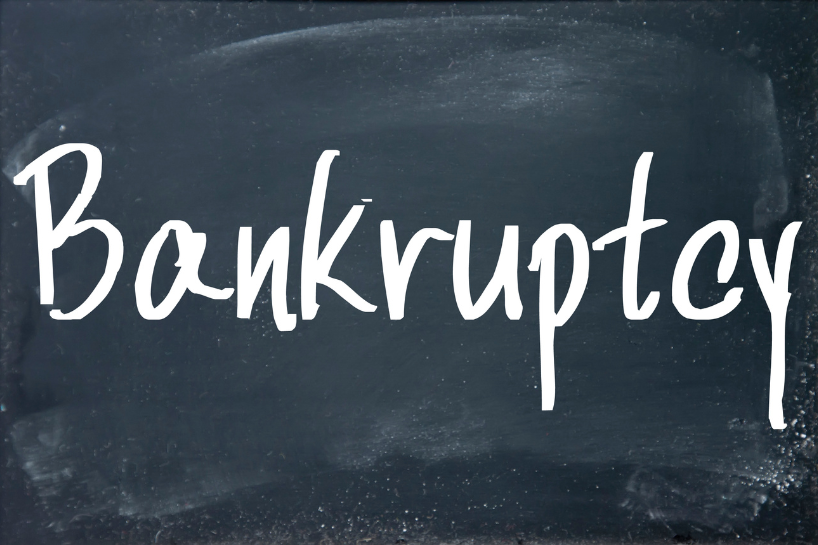Extreme financial pressure is a stark reality for many Australian households in today’s economic climate. With the continuing rise of interest rates, off the back of high inflation, financial distress is expected to climb. With this we expect to see an increase in personal insolvency appointments.
This article is designed to answer some preliminary questions you may have about bankruptcy.
What is bankruptcy?
Simply put, bankruptcy is a legal process designed to assist individuals who are unable to repay their debts. It provides a framework for managing and resolving debt problems.
How does a person become bankrupt?
An individual may become bankrupt in two ways.
- Voluntary. An individual can bankrupt themselves by filing a debtor’s petition and a statement of affairs with Australian Financial Security Authority (AFSA). An individual is made bankrupt when the Official Receiver processes the debtor’s petition and issues an estate number.
- Involuntary. A creditor can initiate legal proceedings to obtain a sequestration order from a court. This order declares the individual bankrupt and transfers control of their financial affairs to a bankruptcy trustee.
How long does bankruptcy last?
Generally, a bankrupt individual will be discharged from bankruptcy after 3 years and 1 day from being made a bankrupt.
However, the bankruptcy period can be extended in some circumstances on application of the bankruptcy trustee. A bankruptcy can be extended for up to eight years.
Who looks after a bankrupt estate?
A bankrupt individual can nominate a registered trustee to administer their estate. If a trustee is not nominated, the Official Trustee (AFSA) will look after the bankrupt estate.
What are a bankruptcy trustee’s powers?
The Bankruptcy Act 1966 affords bankruptcy trustees a broad range of duties and powers, which primarily relate to the identification, seizure, and sale of the bankrupt individual’s property.
What is the impact of bankruptcy?
Can a bankrupt individual earn an income?
Being bankrupt does not prevent a person from working. There is also no limit to how much a bankrupt individual can earn or save during a bankruptcy. However, bankruptcy can have an impact on their income and employment. For example, if their after-tax income exceeds a certain amount, a bankrupt individual will be required to make compulsory payments.
A bankrupt individual is also obligated to keep their trustee informed of any changes in their income and employment. Whilst a bankrupt person is permitted to keep income they earn after their date of bankruptcy, they will not be permitted to keep any property or assets purchased with this money.
What happens to a bankrupt individual’s real and/or personal property?
A bankrupt individual’s real and personal property such as real estate, vehicles, and tools can be claimed and sold by the trustee. The proceeds from the sale will be used to repay the money that is owed to the creditors. A bankrupt individual is required to declare any assets they possess or receive during bankruptcy. There are penalties for failing to disclose this information.
How does bankruptcy effect creditors?
When an individual goes into bankruptcy, they are generally released from their debts at the end of the period of bankruptcy. However, creditors may still recover their debt through the course of the bankruptcy process – but whether they are successful will depend upon:
- the priority of their claim against other creditors (creditors may be owed debts which are ‘secured’ or ‘unsecured’); and
- the quantum of the funds available through the bankrupt estate.
As unsecured debts are not tied to specific property, unsecured creditors are usually unable to recover their debt once the individual declares bankruptcy unless there are funds available for the trustee to use to pay these debts. Alternatively, secured creditors are usually able recover their debt through the sale of the asset their debt is secured against.
What happens to a bankrupt individual’s debt(s)?
When an individual’s period of bankruptcy ends, they are generally released from most debts, such as credit card debt, unsecured personal loans, and household bills. However, they are not released from certain debts, such as court-imposed penalties, child support, and government student loans. The trustee can also use the proceeds from the sale of any assets to address these debts.
Is a bankruptcy publicly recorded?
Bankruptcies are recorded online on the Bankruptcy Register Search. It searches the National Personal Insolvency Index (NPII) which includes bankruptcy, debt agreements, and personal insolvency agreements.
Need advice?
It’s important to note that bankruptcy can be complex, and individual circumstances may vary. Seeking professional advice from a legal expert is advisable for accurate and up-to-date information specific to your situation.
Hunt & Hunt is a national all-service firm with a dedicated insolvency team who can provide you with tailored legal advice regarding bankruptcy. Our friendly team have experience working across all Australian jurisdictions.
Please contact us on (02) 9391 3000 or at [email protected].
Article by Matt Gauci, Partner, Jessica Egger, Senior Associate and Lisa Liu, Graduate at Law.














